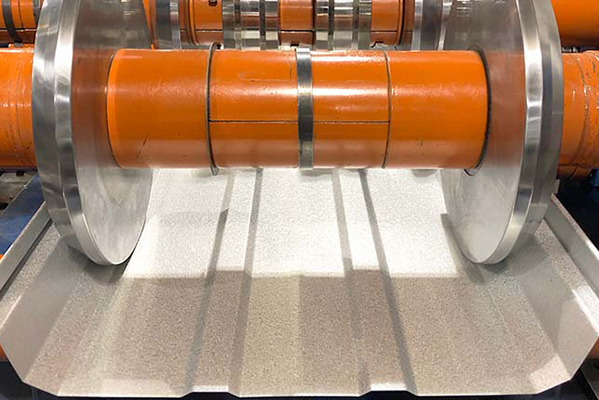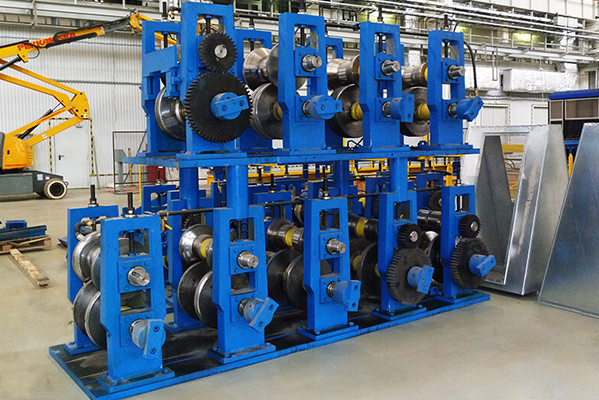Navigation Menu
Contact Us
- Email:
- info@wxavatar.com
- Address:
- Yurong Village, Yuqi Street, Huishan District, Wuxi, China.
Release Date:Jul 24, 2025 Visit:21 Source:Roll Forming Machine Factory
Operating a roll forming machine at home has become more accessible as smaller, user-friendly models have entered the market. While these machines require some technical understanding, many homeowners and hobbyists find they can successfully operate them with proper preparation and safety measures.

Understanding Home Roll Forming Machines
Modern home roll forming machines are designed with simplicity in mind. Manufacturers have created compact versions that maintain core functionality while being more manageable for home workshops. These machines typically feature:
Simplified control panels with basic operation modes
Adjustable settings for different material thicknesses
Modular designs that allow for tooling changes
Safety features appropriate for home use
Learning the Operation Process
The basic operation of a home roll forming machine follows these steps:
Material Preparation: Ensure your metal sheet or coil is clean and properly sized
Machine Setup: Install the correct rollers for your desired profile
Adjustment: Set the appropriate pressure and feed speed
Test Run: Perform a trial with scrap material
Production: Begin forming your actual pieces
Many users report becoming comfortable with basic operations within a few hours of practice. More complex profiles may require additional experience.
Safety Considerations for Home Use
When operating any metalworking equipment at home, safety should be the top priority:
Always wear appropriate personal protective equipment
Keep the work area clean and well-lit
Ensure proper ventilation when working with certain metals
Follow all manufacturer guidelines for machine maintenance
Keep children and pets away from the work area
Maintenance Requirements
Home roll forming machines require regular but straightforward maintenance:
Cleaning rollers and guides after use
Periodic lubrication of moving parts
Checking for wear on forming tools
Verifying electrical connections on powered models
Proper maintenance helps ensure consistent performance and extends the machine's lifespan.
Practical Applications at Home
Home users find many applications for roll forming machines, including:
Creating custom trim pieces for home improvement projects
Forming metal components for furniture building
Producing specialized brackets and supports
Small-scale metal art and decorative projects
The versatility of these machines makes them valuable for various home workshop applications.

Conclusion
Operating a roll forming machine at home is achievable for many DIY enthusiasts with mechanical aptitude. While there is a learning curve, modern home models are designed to be more user-friendly than industrial equipment. With proper attention to safety, maintenance, and gradual skill development, homeowners can successfully incorporate metal forming into their workshop capabilities. The key is starting with simple projects and gradually progressing to more complex work as experience grows.